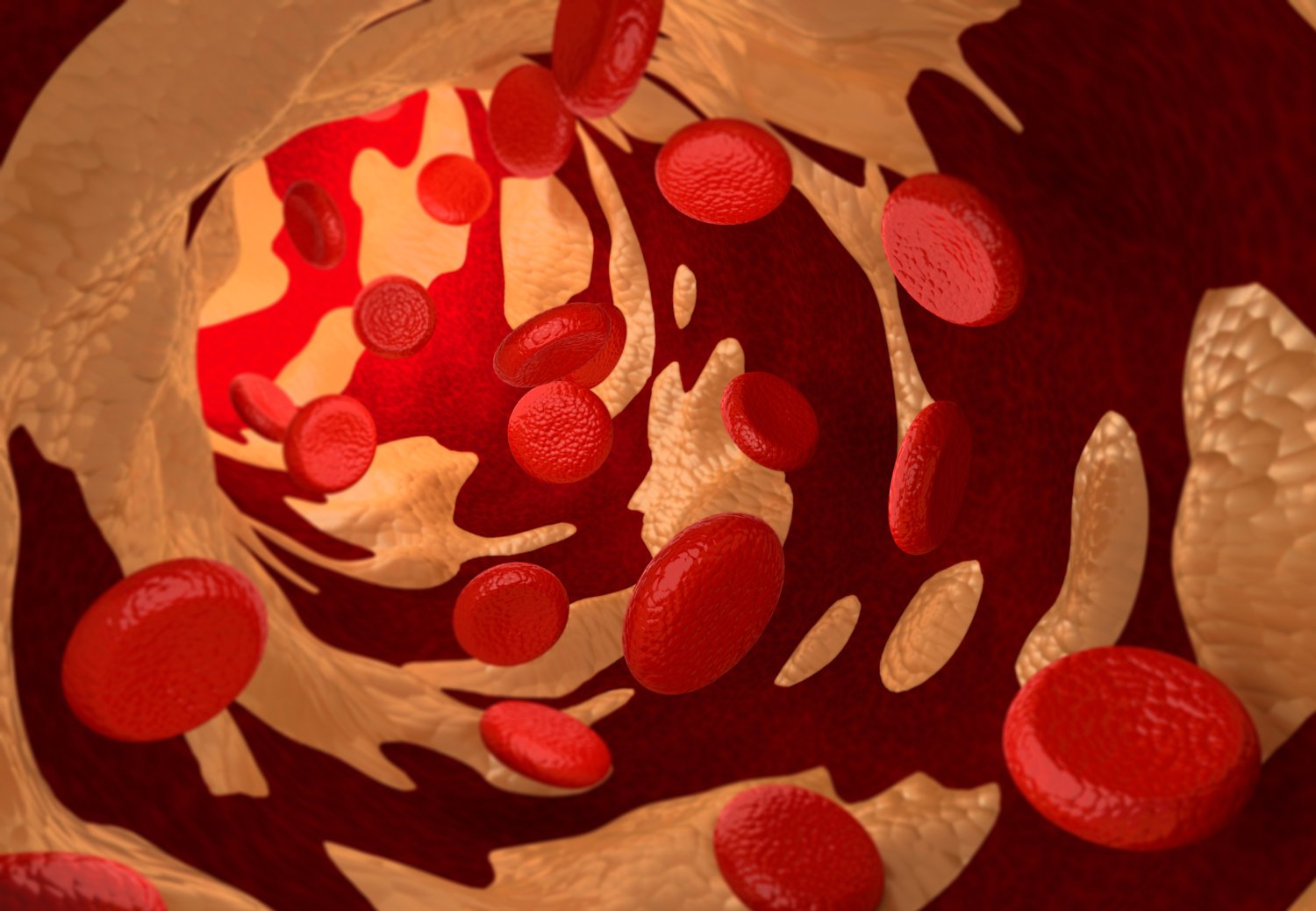The liver immune system eats up 'bad cholesterol'

A new study from Karolinska Institutet reveals that immune cells in the liver react to high cholesterol levels and eat up excess cholesterol that can otherwise cause damage to arteries. The findings, published in Nature Cardiovascular Research, suggest that the response to the onset of atherosclerosis begins in the liver.
Cholesterol is a type of fat that is essential for many functions in the body, such as making hormones and cell membranes. However, too much cholesterol in the blood can be harmful, as it can stick to the walls of the arteries and form plaques that narrow or block the blood flow.
This results in atherosclerotic cardiovascular disease, the primary underlying cause of heart attacks and strokes, and the leading cause of death worldwide.
The liver responded immediately
In the current study, researchers wanted to understand how different tissues in the body react to high levels of LDL, also called ‘bad cholesterol’, in the blood.
To test this, they created a system where they could quickly increase the cholesterol in the blood of mice.

"Essentially, we wanted to detonate a cholesterol bomb and see what happened next," says Stephen Malin, lead author of the study and principal researcher at the Department of Medicine, Solna, Karolinska Institutet. "We found that the liver responded almost immediately and removed some of the excess cholesterol."
However, it wasn’t the typical liver cells that responded, but a type of immune cell called Kupffer cells that are known for recognising foreign or harmful substances and eating them up. The discovery made in mice was also validated in human tissue samples.
"We were surprised to see that the liver seems to be the first line of defence against excess cholesterol and that the Kupffer cells were the ones doing the job," says Stephen Malin. "This shows that the liver immune system is an active player in regulating cholesterol levels, and suggests that atherosclerosis is a systemic disease that affects multiple organs and not just the arteries."
Several organs could be involved
The researchers hope that by understanding how the liver and other tissues communicate with each other after being exposed to high cholesterol, they can find new ways to prevent or treat cardiovascular and liver diseases.
"Our next step is to look at how other organs respond to excess cholesterol, and how they interact with the liver and the blood vessels in atherosclerosis," says Stephen Malin. "This could help us develop more holistic and effective strategies to combat this common and deadly disease."
The research was supported by grants from the Swedish Heart-Lung Foundation, Leducq Foundation Networks of Excellence Program B cells in Cardiovascular Disease, EU’s Seventh Framework Program FP7, The Swedish Research Council and the Marie Skłodowska-Curie Actions Award. There are no reported conflicts of interest.
Publication
“Kupffer cells dictate hepatic responses to the atherogenic dyslipidemic insult”, Giada Di Nunzio, Sanna Hellberg, Yuyang Zhang, Osman Ahmed, Jiawen Wang, Xueming Zhang, Hanna M. Björck, Veronika Chizh, Ruby Schipper, Hanna Aulin, Roy Francis, Linn Fagerberg, Anton Gisterå, Jari Metso, Valentina Manfé, Anders Franco-Cereceda, Per Eriksson, Matti Jauhiainen, Carolina E. Hagberg, Peder S. Olofsson & Stephen G. Malin, Nature Cardiovascular Research, online 11 March 2024, doi: 10.1038/s44161-024-00448-6.
